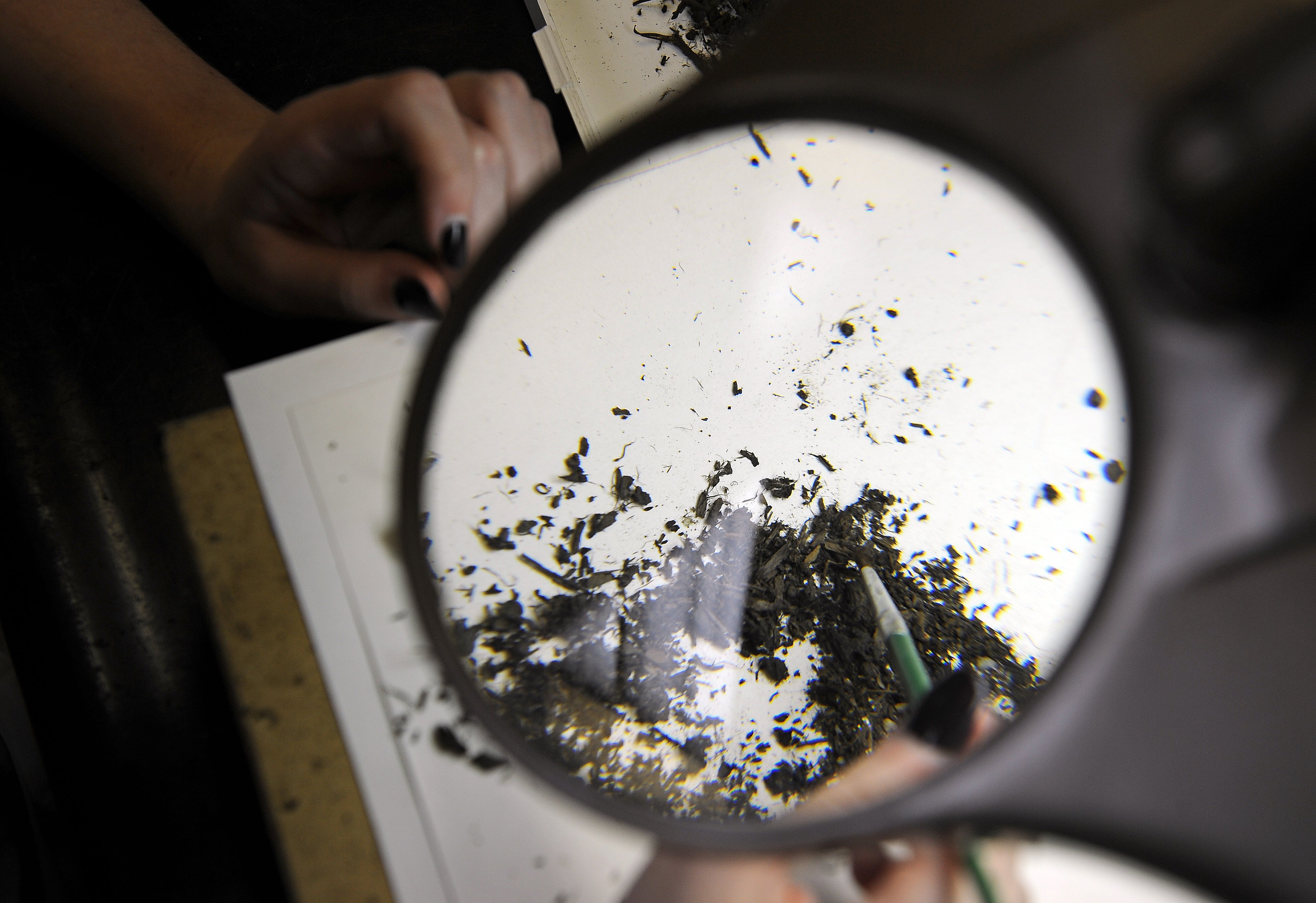Fossil found in Scottish Highlands could be ‘missing link’ in early animal evolution, say scientists
Billion-year-old fossil could be earliest example of multicellularity ever recorded

Your support helps us to tell the story
From reproductive rights to climate change to Big Tech, The Independent is on the ground when the story is developing. Whether it's investigating the financials of Elon Musk's pro-Trump PAC or producing our latest documentary, 'The A Word', which shines a light on the American women fighting for reproductive rights, we know how important it is to parse out the facts from the messaging.
At such a critical moment in US history, we need reporters on the ground. Your donation allows us to keep sending journalists to speak to both sides of the story.
The Independent is trusted by Americans across the entire political spectrum. And unlike many other quality news outlets, we choose not to lock Americans out of our reporting and analysis with paywalls. We believe quality journalism should be available to everyone, paid for by those who can afford it.
Your support makes all the difference.Scientists have unearthed a billion-year-old fossil in the Scottish Highlands which suggests multicellular lifeforms evolved nearly 400 million years before the biological trait emerged in the first animals.
According to the study, published in Current Biology, the microfossil could be the “missing link” in the evolution of complex, multicellular animals from single-celled life forms.
The researchers, including those from Boston College in the US, noted that the fossil was exquisitely preserved in mineral deposits at Loch Torridon in the Scottish Highlands, and contained two distinct cell types.
They believe the fossilised organism, now named Bicellum brasieri, could be the earliest example of complex multicellularity ever recorded, representing a life form that lies somewhere between single cell and multicellular animals, or metazoa.
Bicellum, the scientists said, more closely resembles modern-day unicellular relatives of animals.
“Our findings show that the genetic underpinnings of cell-to-cell cohesion and segregation — the ability for different cells to sort themselves into separate regions within a multicellular mass — existed in unicellular organisms a billion years ago, some 400 million years before such capabilities were incorporated into the first animals,” said study co-author Paul K Strother from Boston College.
The research, according to the scientists, broadens their approach to reconstructing the diversity and ecology of life on Earth one billion years ago.
They now believe animals likely evolved from unicellular ancestors that went through multicellular stages in their life cycles.
Plants too became multicellular as they evolved from simpler algal ancestors and moved onto land during the early Paleozoic era about 500 to 400 million years ago, the scientists added.
“Our fossil shows life-cycle stages with two different kinds of cells, which could be the first step toward the evolution of complex multicellularity in the evolutionary lineage leading to the Metazoa,” Strother explained.
Join our commenting forum
Join thought-provoking conversations, follow other Independent readers and see their replies
Comments